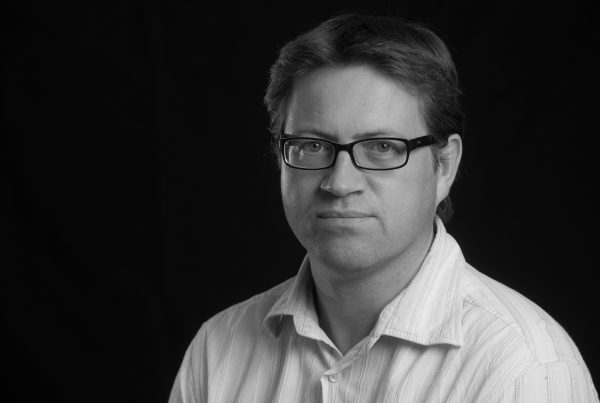– Ko KC, Bromley ST, Lee JY & Illas F 2017, ‘Size-Dependent Level Alignment between Rutile and Anatase TiO2 Nanoparticles: Implications for Photocatalysis’, Journal Of Physical Chemistry Letters, 8, 22, 5593 – 5598.
– Alcon I, Vines F, Moreira IPR & Bromley ST 2017, ‘Existence of multi-radical and closed-shell semiconducting states in post-graphene organic Dirac materials’, Nature Communications, 8, 1957.
– Alcon I, Reta D, Moreira IPR & Bromley ST 2017, ‘Design of multi-functional 2D open-shell organic networks with mechanically controllable properties’, Chemical Science, 8, 2, 1027 – 1039.
– Franco C, Mayorga Burrezo P, Lloveras V, Caballero R, Alcon I, Bromley ST, Mas-Torrent M, Langa F, Lopez Navarrete JT, Rovira C, Casado J, Veciana J 2017, ‘Operative Mechanism of Hole-Assisted Negative Charge Motion in Ground States of Radical-Anion Molecular Wires’, Journal Of The American Chemical Society, 139, 2, 686 – 692.
– Lamiel-Garcia O, Cuko A, Calatayud M, Illas F & Bromley ST 2017, ‘Predicting size-dependent emergence of crystallinity in nanomaterials: titania nanoclusters versus nanocrystals’, Nanoscale, 9, 3, 1049 – 1058.
– Kerkeni B, Bacchus-Montabonel M-C & Bromley ST 2017, ‘How hydroxylation affects hydrogen adsorption and formation on nanosilicates’, Molecular Astrophysics, 7, 1 – 8.
– Vines F, Lamiel-Garcia O, Illas F & Bromley ST 2017, ‘Size dependent structural and polymorphic transitions in ZnO: from nanocluster to bulk’, Nanoscale, 9, 28, 10067 – 10074.
– Mora-Fonz D, Lazauskas T, Woodley SM, Bromley ST, Catlow CRA & Sokol AA 2017, ‘Development of Interatomic Potentials for Supported Nanoparticles: The Cu/ZnO Case’, Journal Of Physical Chemistry C, 121, 31, 16831 – 16844.
